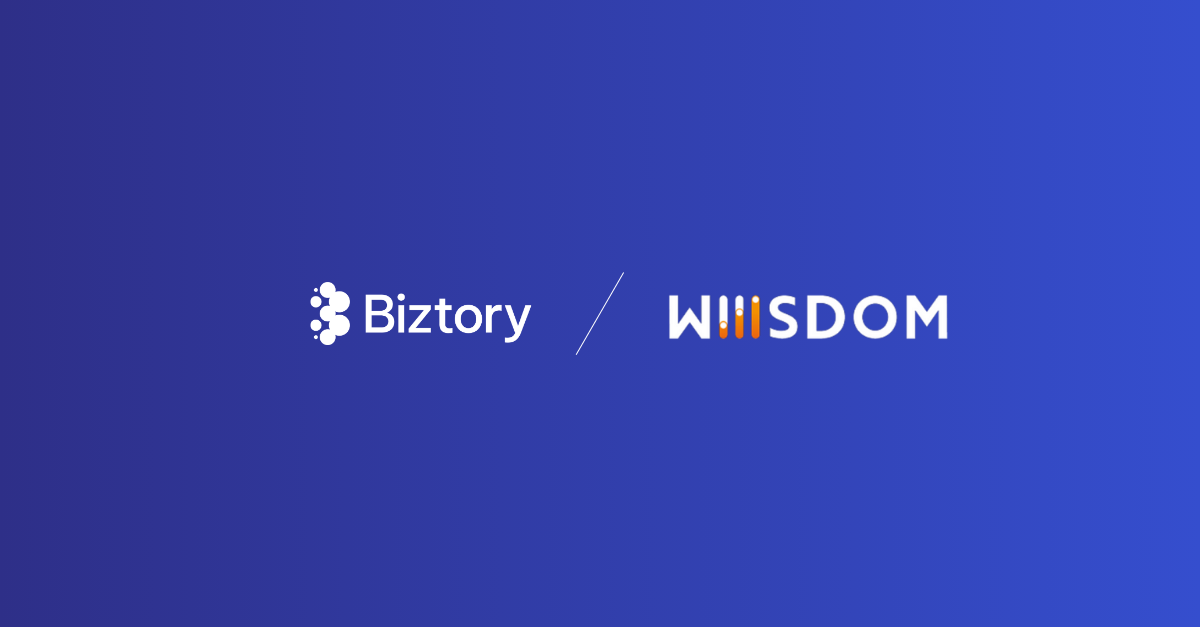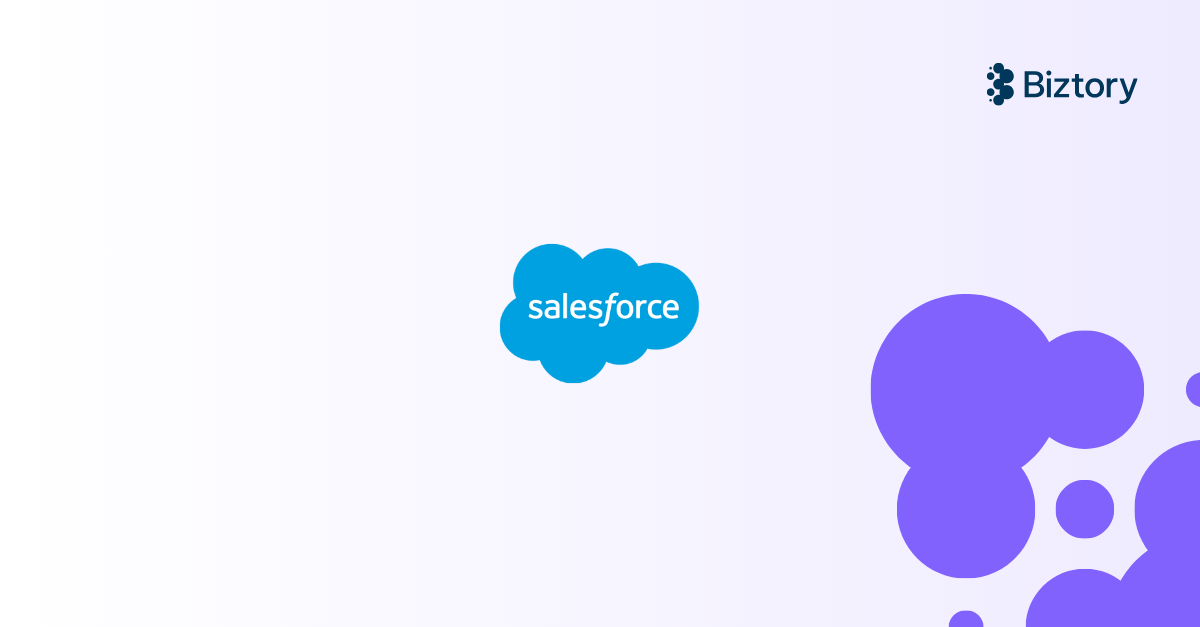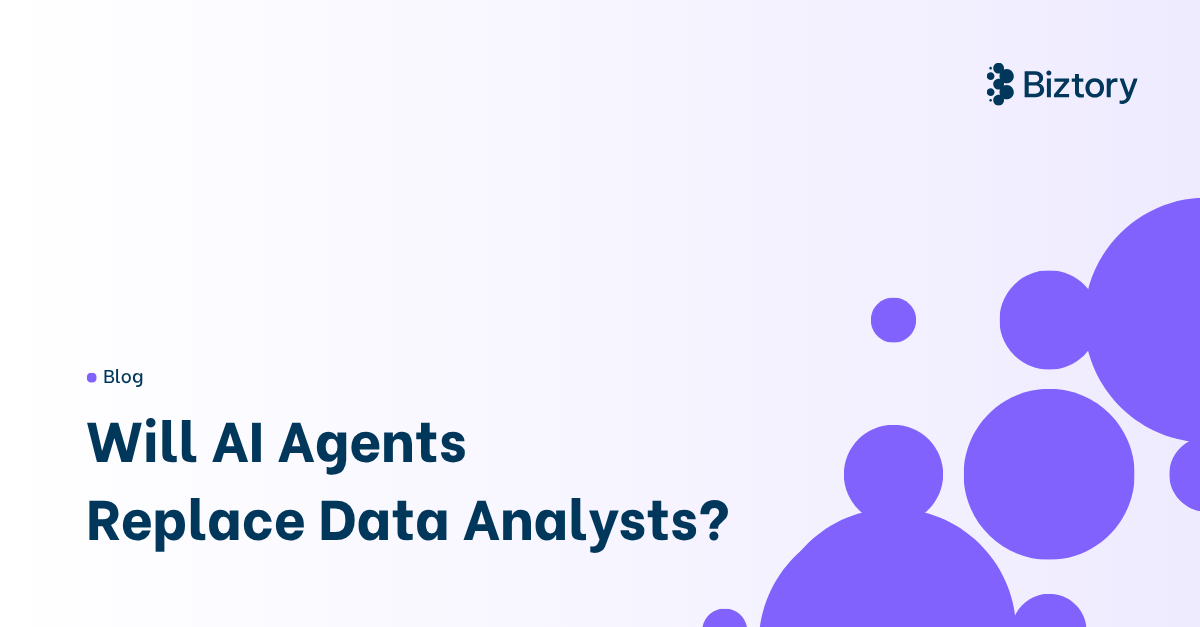Do you believe the future is data-driven?
More and more companies are investing in data analysis and visualisation to understand what they are doing, why they are doing it, and how they see the future. If you are looking to do the same or if you want to improve your current analysis practices there are quite some solutions that could help you get there.
Tableau. Power BI. Qlik Sense. Looker.
They could all help you, but which one is better suited for you? This article tries to give you a high-level comparison from a Tableau perspective.
Tableau
Tableau believes data analysis should be about asking questions and not about learning software. That is why it has built-in visual best practices that are ready to use and has invested a lot in its drag and drop functionality. It is best known for its fast and powerful visualizations which will give you actionable insights in minutes.
Tableau vs. Power BI
When comparing Tableau to Power BI, you really have to think about who will be using these tools. It could be said that Power BI is built for the common stakeholder, while Tableau is more suitable for an actual data analyst. Nevertheless, many blog posts need to call for a draw when comparing the tools, because they are both kick-ass instruments.
Tableau is faster and has more capabilities, while Power BI might be more interesting if you are on a lower budget. Small businesses could start out with Power BI, especially if they already invest in Microsoft products. However, medium and enterprise companies that prioritize data analytics will be better off with Tableau.
Tableau vs. Qlik Sense
Qlik Sense is a robust BI tool that has been around from the beginning. As a consequence, they have been able to build a large community and set some powerful standards for the market.
To keep up, they have made some good acquisitions in recent years that have greatly enriched the Qlik business content, but they struggle a bit to integrate them in a simple way. This makes Tableau fairly easier to use. Additionally, Tableau’s recent takeover by Salesforce promises to lead to even more enriched enterprise-wide data and analysis capabilities as well.
Tableau vs. Looker
Looker has been made for companies with an existing data analytics team and it provides an entire platform instead of a single tool. As a result, the Looker platform is uniquely designed to deliver the perfect balance between governance and self-service. Next to that, the platform is 100% browser-based and thus does not require a desktop client.
Nevertheless, the load time can be quite substantial for large dashboards and that is where Tableau does keep an advantage. Both tools are very simple, but in their simplicity Looker might lose a bit of its flexibility. Also important to note is that if OLAP is needed by your business, Tableau is the right choice. You thus need to make a trade-off between the entire integrated platform, your time, and the number of functionalities.
- Aurélie
Empower your organization with intuitive analytics
Tableau is designed to put the user first because data analysis should be about asking questions and not about learning software. With built-in visual best practices, Tableau enables limitless visual data exploration without interrupting the flow of analysis.
As the market-leading choice for modern business intelligence, the Tableau platform is known for taking any kind of data from almost any system and turning it into actionable insights with speed and ease. It’s as simple as dragging and dropping.
We are a full-stack provider and integrator, relying on extensive experience and best practices to find your unique optimal set-up allowing you to tell the data stories you are eager to tell.



